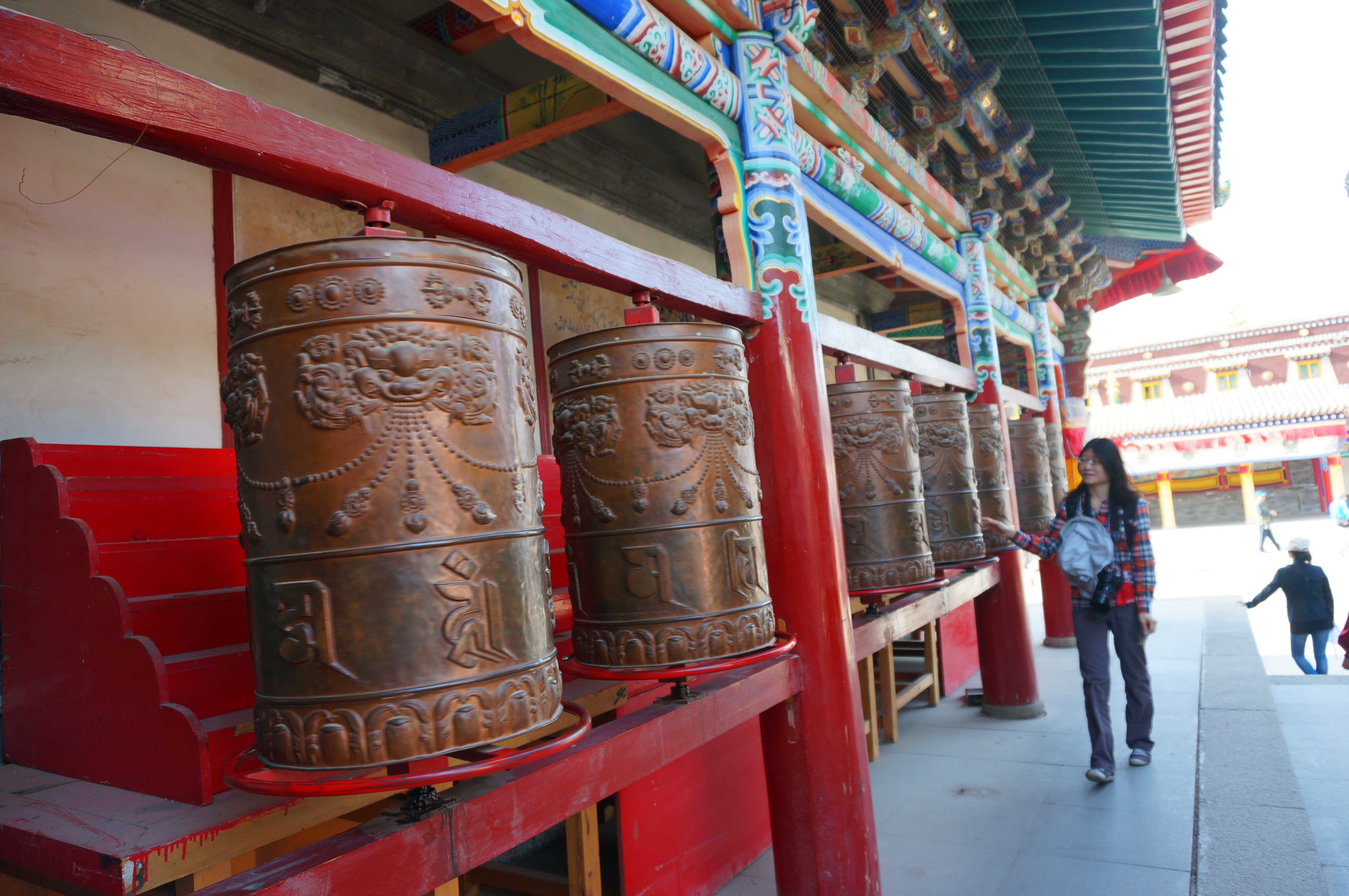October 16, 2014

By: Tianna Harris
VCU Global Education Office
Phone: (804) 828-3636
|
RICHMOND, Va. (Oct. 16, 2014)— As the crisp days of autumn rapidly approach, summer feels like a distant memory. But for three undergraduate students at Virginia Commonwealth University, research projects conducted over the summer continue to make a significant impact as the fall semester takes shape. GEO awarded $1,500 to each student and $500 to each of their mentors in order to complete these projects.The UROP summer fellowship allows students to design their own research projects related to their field of study. “When students are able to explore in depth issues that have captured their interest, their educational experience in immeasurably enriched,” said R. McKenna Brown, Ph.D., Global Education Office executive director. “This fellowship enables undergraduates to apply what they’ve learned in the classroom to real world situations. We are pleased that we can provide these opportunities on a global stage.” |
|
|
Silk Road Junior sculpture and extended media major, Ling-lin Ku, and her mentor, Ryan Crowley, assistant professor in the VCU School of the Arts, designed a research project entitled ‘Silk Road’. They traveled along the Silk Road—a network of trails and trading routes that connect East Asia to the Mediterranean Sea—for thirteen days before returning to the United States to create studio sculptures inspired by the trip. “I want to further examine the cultural mosaic of the Silk Road in an effort to illuminate the heritage of its countries and identify the voices that represent these traditions today,” Ku wrote in her project abstract. Ku and Crowley set out on the Silk Road on May 19, starting the three thousand mile voyage in Xian, China. The journey took them westward to the Yellow River, passing the Tibet Plateau, Qilian Mountain and Tian-Shan Mountain before finally entering Dunhung Desert to their final destination of Urumqi, Xingjian. Upon her arrival back to the United States, Ku has begun designing three sculptures that reflect her journey. In addition she has enrolled in courses, such as hot glass, glass fabrication, metal welding and wood construction in order to learn the proper techniques to execute her sculpture designs and create diversity among her sculptures.
Senior art education major, Samantha Correa, and her mentor, Brittany Nelson, professor in the Photography and Film department in the VCU School of the Arts, initially proposed a project focused on the views of immigration to the United States by Hispanics in Peru. But in the small town of Chinchero, Peru, Correa met Marleny Callanuapa, a Peruvian artist who, as part of a women’s cooperative known as Awana Wasi, uses hand crafted looms and traditional Andean techniques to make “extremely saturated and vibrant garments.” After this meeting, the focus of Correa’s project quickly shifted to “exploring the community of artisanal weavers along with other Peruvian artists who have the same approach to spread awareness through their art.” “I found that I was being drawn toward the historical maintenance of Peru rather than the appeal to the states,” Correa said in a progress report. “I now know that this project has gone from researching the contemporary to the preservation of the past.” Throughout this semester, Correa will edit and develop photographs taken during her time in Peru as well as create a video to depict an “accurate visual representation of the artists and their processes.”
Senior information systems and religious studies double major, Siobhan Gray, and her mentor, Manoj Thomas, Ph.D., assistant professor in the VCU School of Business, designed a project entitled ‘Computers4Haiti’ which identifies “solutions that enable young Haitians access to a core set of educational content.” The plan seeks to develop a computer literacy curriculum that operates in the Haitian environment—which includes limited technological resources, electricity and internet infrastructure—while simultaneously teaching students basic computer skills. “I had worked with Dr. Thomas on another project and was interested in doing something else with him as I am trying to figure out where I want to go in my field,” said Gray. To execute this project the two teamed up with Commonwealth Catholic Charities (CCC) in Richmond which provided the laptops that were used. Together, Gray, Thomas, and CCC worked with more than 15 computers to identify the best operating system. After trial and error, the group settled on the Linux EdUbuntu system, since, according to Gray, it most efficiently supported their goals and the learning needs of the children. “This has been a particular eye-opener for me as far as project management goes,” Gray said in a progress report. “The requirements of a project can often change and evolve while in progress, based on the needs of the parties involved. We want to make sure that the laptops have the features that will be of greatest use to our students in Haiti.” Since completing the project over the summer, Gray has presented live working laptops to CCC and, throughout the semester, will continue to maintain and add the necessary software to them. Once CCC approves the configuration, Gray plans to test the software and user interface on each laptop and begin developing a computer literacy curriculum to be used in the Haitian schools. Ultimately, the team seeks to implement this solution in six different schools in the Central Hinche province of Haiti during the summer of 2015.
|
|
